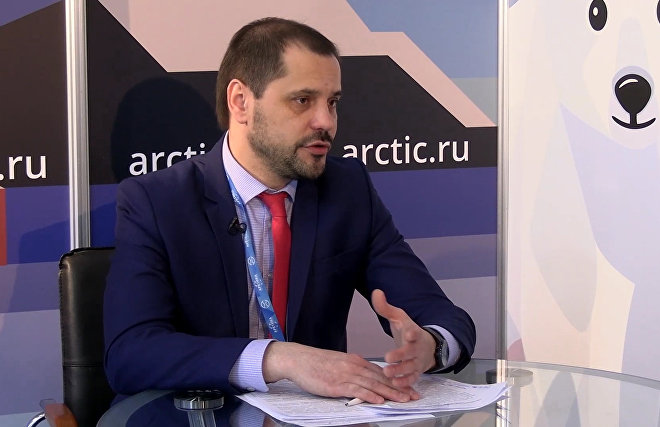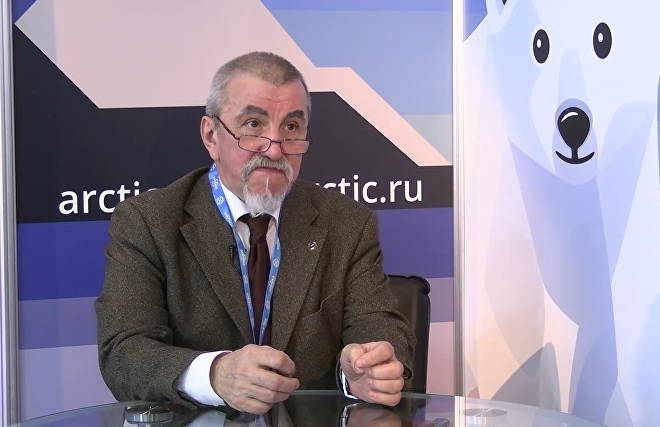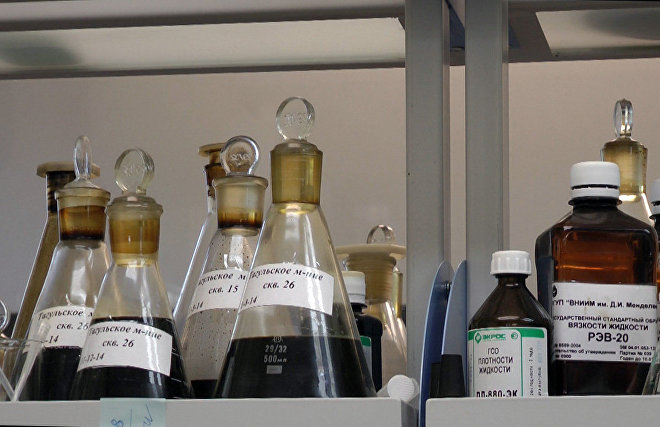Потенциал для сотрудничества России и США в Арктике имеется в сферах добычи и транспортировки углеводородов, удобрений, цветных, драгоценных, редкоземельных металлов, заявил министр РФ по развитию Дальнего Востока и Арктики Алексей Чекунков в интервью РБК.
"Мы с Соединенными Штатами являемся двумя крупнейшими арктическими государствами и ведущими игроками энергетического рынка. Арктика — это крупнейшая в мире, но еще не полностью введенная в разработку кладовая ценных энергетических ресурсов. Поэтому естественным образом потенциал для совместного сотрудничества прорисовывается в сферах добычи и транспортировки углеводородов, удобрений, цветных, драгоценных, редкоземельных металлов", - сказал Чекунков.
По словам главы Минвостокразвития, отдельной темой может стать переработка газа, поскольку у России на северо-западном и западном направлениях сейчас образовался избыток, который добывается в Арктике и не уходит в Европу.
"Исторически монетизация газа — это была всегда либо экспортная труба, либо внутренний рынок. Но в последние пару лет пришло осознание того, что газ — это энергия. А в мире сегодня самый большой и растущий дефицит — это спрос на энергию для вычислений, то есть для развития искусственного интеллекта, технологий блокчейна... То есть крупный IT-бизнес идет на беспрецедентные инвестиции для того, чтобы обеспечить себя источниками энергии", - объяснил Чекунков.
Глава Минвостокразвития добавил, что надо держать в уме, что на этих же рынках Россия и США являются конкурентами.
"Поэтому нужно не повторять ошибок прошлого — я имею в виду заключенные еще в 1990-х годах соглашения о разделе продукции, а вести сотрудничество на таких принципах, чтобы был и трансфер технологий, и сохранение контроля российской стороной над этими активами", - пояснил он.


